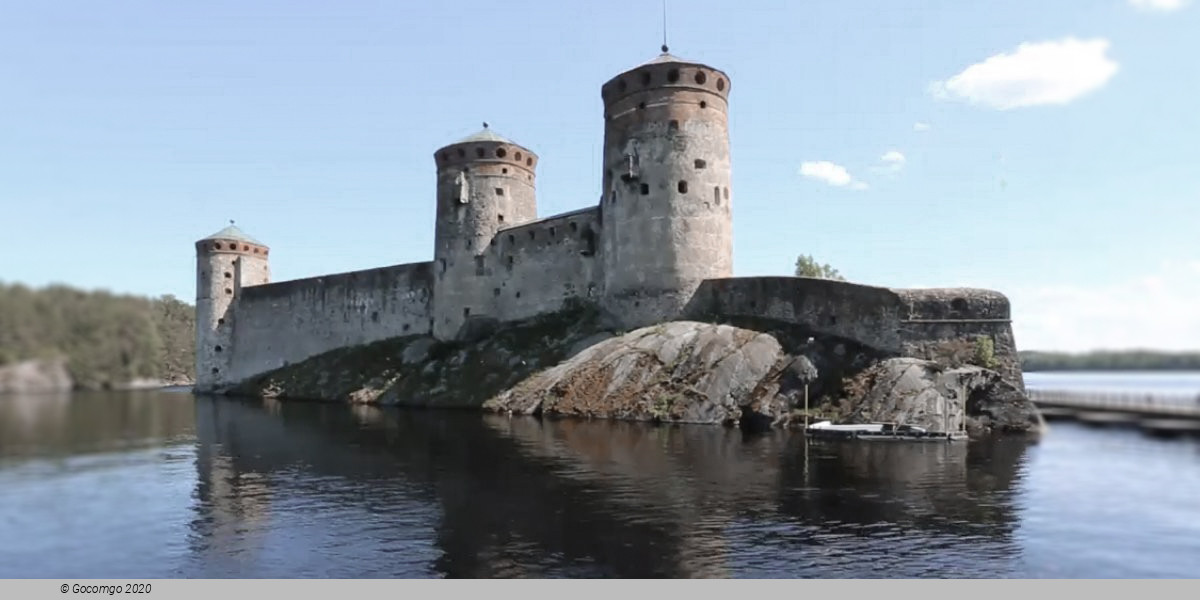Venues in Savonlinna

Savonlinna is a town in the southeast of Finland, in the heart of the Saimaa lake region, which is why the city is also nicknamed the "Capital of Saimaa". Together with Mikkeli, it is one of the largest towns in the South Savonia region. The town is internationally known for its medieval St. Olaf's Castle and the annual Savonlinna Opera Festival. Its surrounding the enclaved municipality of Enonkoski.
The city was founded in 1639, based on Olavinlinna castle. The castle was founded by Erik Axelsson Tott in 1475 in an effort to protect Savonia and to control the unstable border between the Kingdom of Sweden and its Russian adversary. During the Russo-Swedish War (1741–1743), the castle was captured by Field-Marshal Peter Lacy. It was held by Russia between 1743 and 1812, when it was granted back to Finland as a part of the "Old Finland".
The most notable attraction in Savonlinna is the Olavinlinna castle, a 15th-century castle built on an island. Near the castle is also the city museum. Some other attractions include the forest museum Lusto in the village of Punkaharju, and the Kerimäki Church in the neighboring village of Kerimäki, which is the largest wooden church in the world.
Savonlinna hosts the famous annual Savonlinna Opera Festival. The operas are performed on a stage built inside the Olavinlinna castle. The city has also hosted the Mobile Phone Throwing World Championships.


